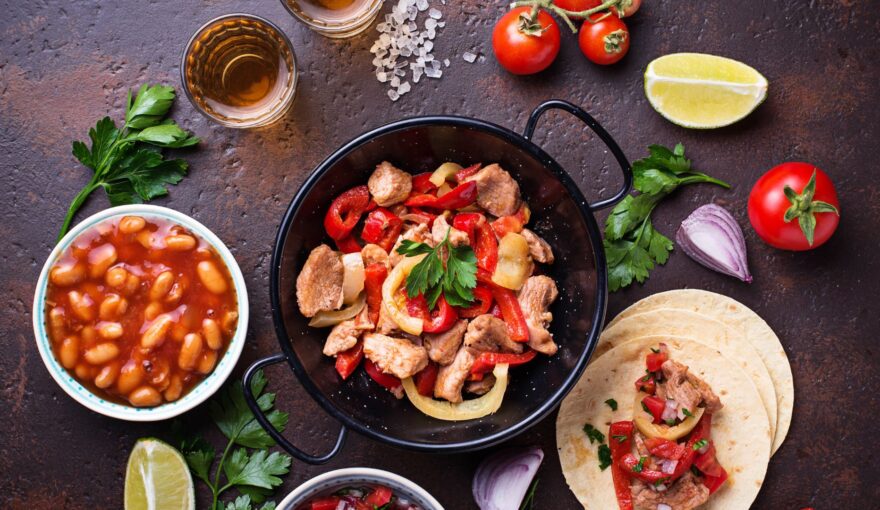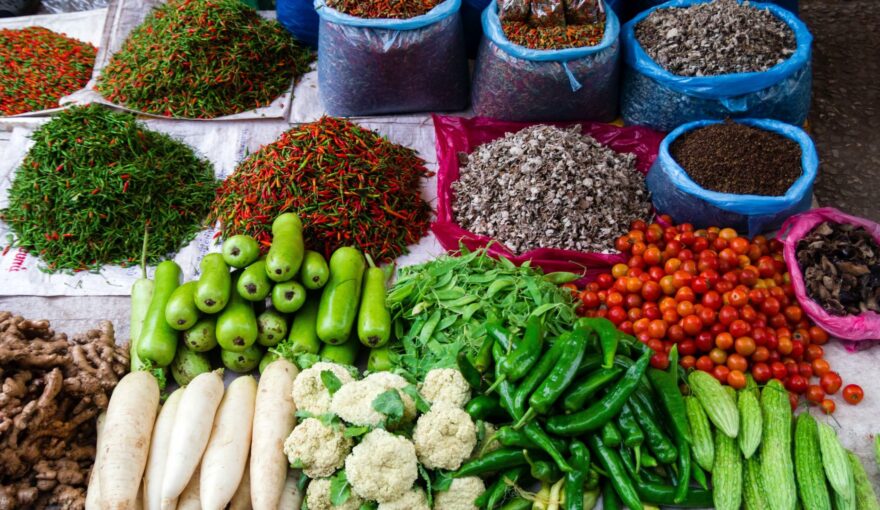How to Enjoy an Authentic Mexican Dinner: The Azúcar Guide
Enjoying an authentic Mexican dinner goes beyond savoring individual dishes; it’s about a complete experience involving aromas, flavors, textures, and, of course, the company. At Azúcar Restaurant, we’ve created this guide so that each visit becomes a gastronomic journey through Latin America, where each choice enhances the next and every bite has a purpose.
- Start with Appetizers
Appetizers not only whet the appetite, but also prepare the palate for the flavors to come. At our table, options like tostones with cheese, mixed ceviche, or queso fundido with chorizo are ideal for sharing and exploring different textures and flavor combinations. The key is to try a little of each and discover which notes stand out on your palate: the acidity of the ceviche, the creaminess of the queso fundido, or the softness of the tostones.
- The Order of Main Courses
To enjoy the richness of Mexican and Latin American cuisine, we recommend combining lighter dishes with more intense ones. For example, starting with a traditional soup, such as tortilla or seafood, allows you to prepare your palate for a more complex dish like mole poblano, carne asada, or lomo saltado. If you share, you can explore various preparations without overindulging and enjoy a balanced flavor.
- Strategic Drink Pairing
The right drink can elevate any dish. Tequilas and mezcals work well with smoky or spicy flavors, while a crisp white wine highlights citrus notes and seafood. Even a classic margarita can be an excellent companion to spicier or fried dishes, balancing the intensity and refreshing your palate.
- The Importance of Rhythm
An authentic dinner is best enjoyed at a leisurely pace. Between courses, take the time to converse, taste, and appreciate the nuances of each preparation. The textures and aromas change as you eat, and by respecting that rhythm, each bite becomes more memorable.
- Don’t forget the finishing touches
Dessert is the culmination of the experience. Dishes like flan, tres leches, or xangos not only sweeten the ending, but also reflect the tradition and creativity of Latin American cuisine. Pair them with a high-altitude coffee or a light digestif to close on a sophisticated note.
- Share and enjoy together
Finally, part of the essence of Mexican and Latin American food is sharing. At Azúcar, we encourage collective enjoyment: sharing dishes and flavors allows you to discover new combinations, discuss tastes, and make dinner a memorable social experience.
By following this guide, each visit to Azúcar Restaurant becomes more than just a meal: it is a journey through the diversity of Latin America, a discovery of flavors, and a celebration of authenticity. Dining here is not just about nourishment; it is about experiencing our culture fully through gastronomy.







